Palacio de Viana
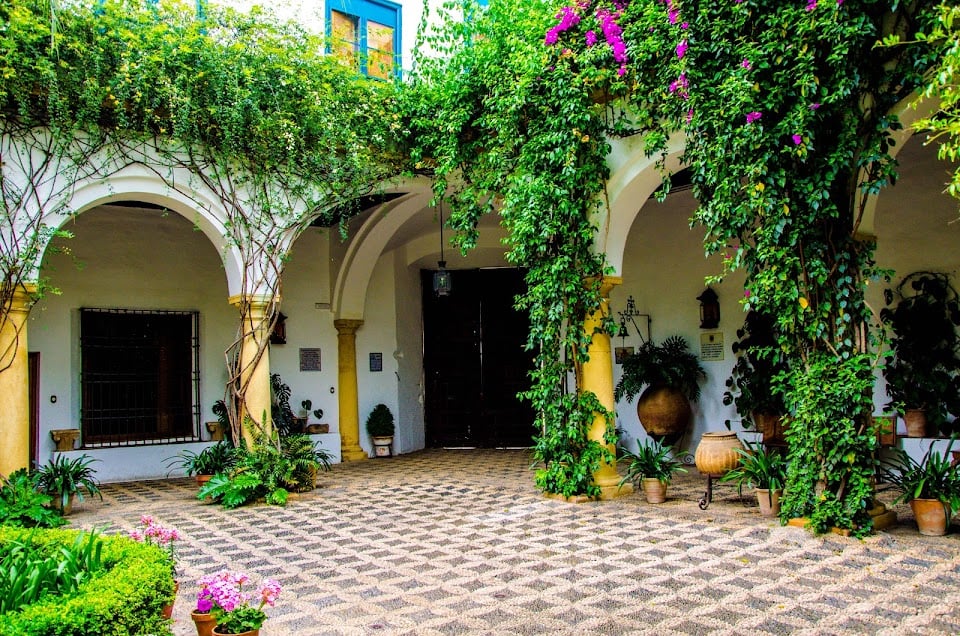
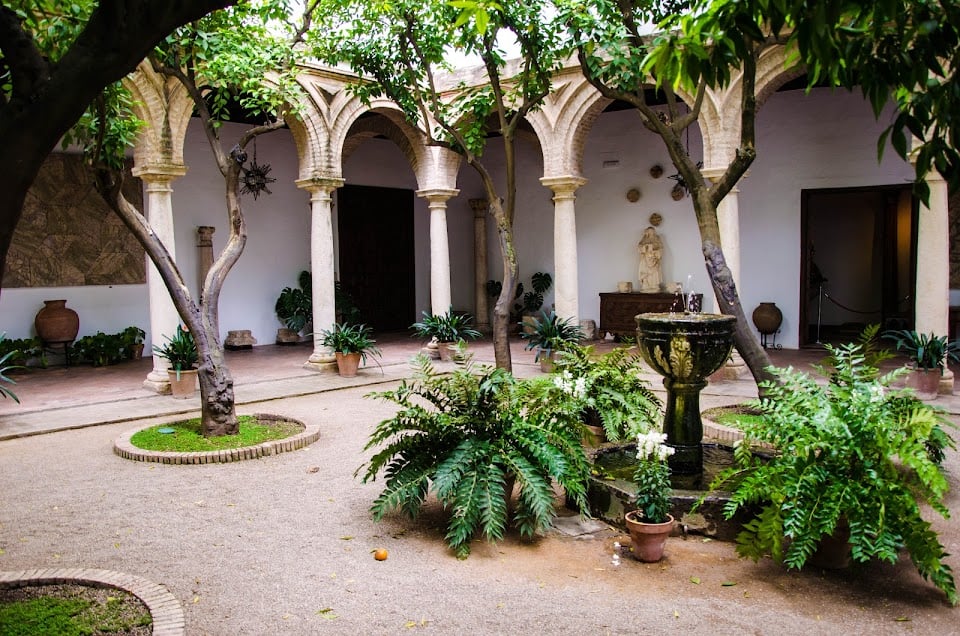
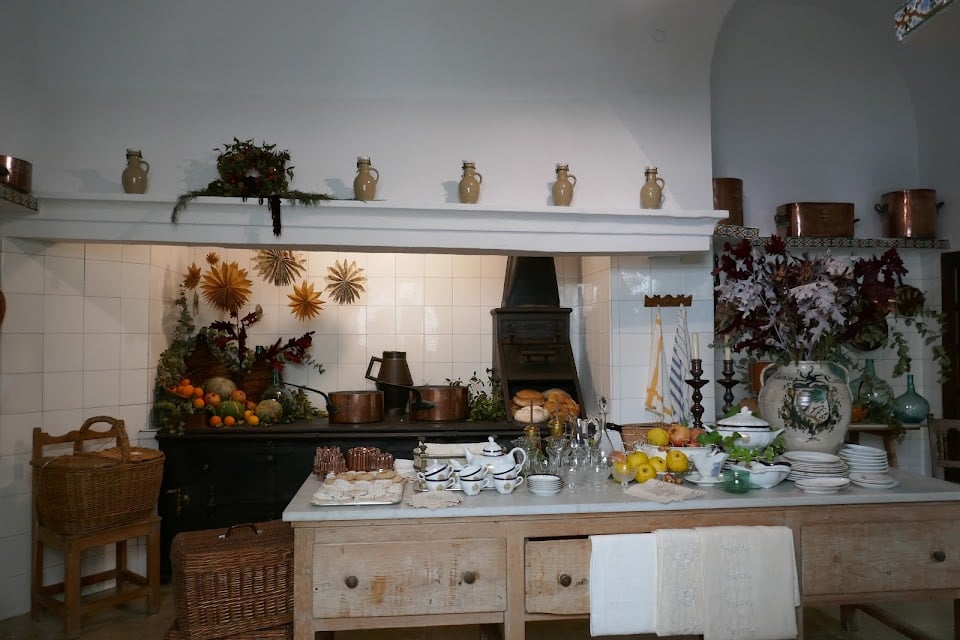
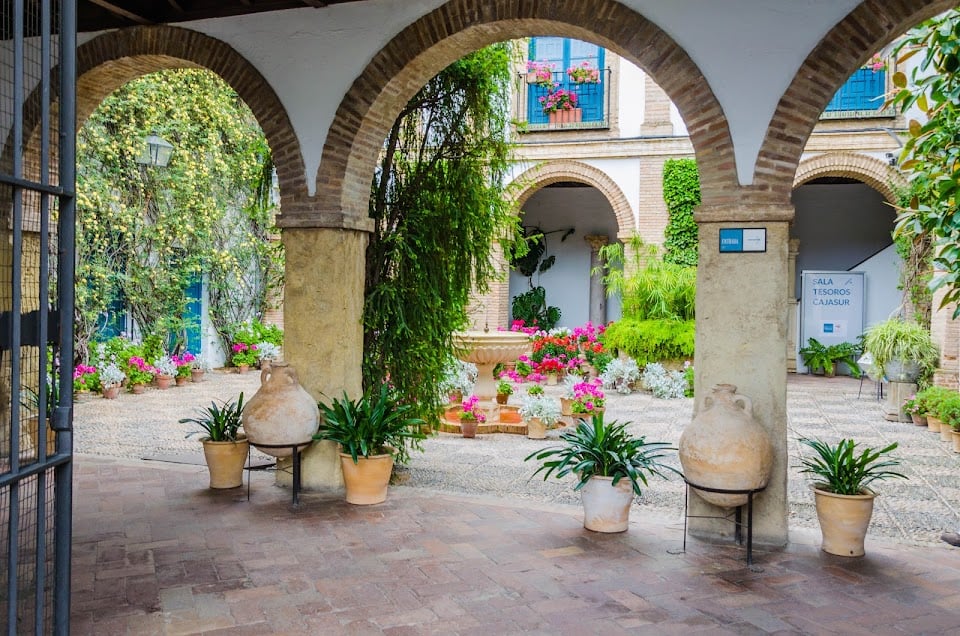
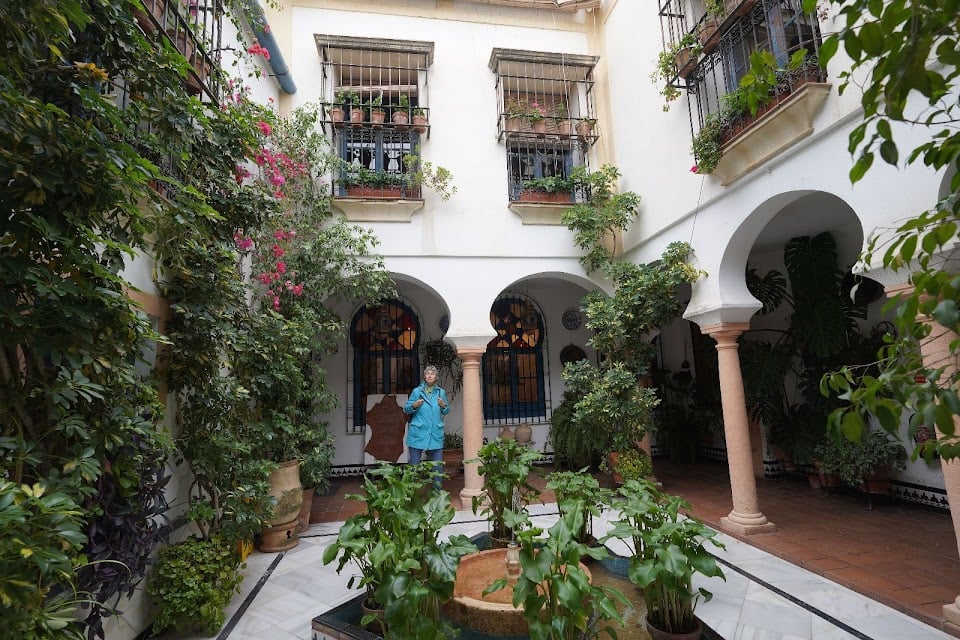
Ask ThatchGPT
Suggest a local expert to plan my trip
Suggest an unique itinerary for my Córdoba trip
What foods do Córdoba locals eat
What are some true hidden gems in Córdoba
Help me brainstorm trip ideas for Córdoba
Help me plan a family-friendly trip to Córdoba
What people say
Pedro Pereira
Available for hire
"In the heart of the Santa Marina district is one of the most interesting buildings in the Caliphate city and one of its most visited monuments: the Viana Palace. With more than 6,500 square meters, most of which are dedicated to patios, gardens and open spaces, this luxurious residence is a reflection of the history of Córdoba and the ostentation of its nobility.
The history of the Viana Palace dates back to the 14th century, when it was known as the Palacio de las Rejas de Don Gome, in honor of its first owner. It is believed that the main façade was designed by Juan de Ochoa in the 16th century and that in subsequent years numerous extensions were added to the palace, giving rise to the irregular layout it has today.
Furthermore, thanks to the archaeological remains found in recent excavations, it is believed that the palace was a Roman building.
Throughout its five centuries of history, the palace has passed through the hands of 18 noble families. Among its most notable owners are the Marquises of Villaseca and the Marquises of Viana, who lived there until 1980, when Sofía Amelia, widow of the third Marquis of Viana, sold the property to Cajasur, the current owner of the Viana Palace. The Viana Palace is structured on two floors connected by a sumptuous main staircase. On the ground floor are the rooms dedicated to receiving guests and the stables, while on the upper floor are the bedrooms and offices of the Viana family and numerous galleries dedicated to various branches of art.
Among the highly valuable collections housed in the Viana Palace, it is worth highlighting the collection of Flemish tapestries, carpets, porcelain and furniture from the 17th century. In the eastern wing of the second floor is the library, a true treasure with more than 6,000 historical volumes of great value.
In addition, the Marquises of Viana also kept a large number of firearms from the period, a collection of tiles and several works by Goya displayed in a room on the second floor. A real museum! The main attraction of the Viana Palace are its twelve courtyards, which make up the most important collection of Cordoban courtyards in the Caliphate city. These open-air spaces bring together the essence of the Roman and Arab architecture so characteristic of Cordoba.
The twelve courtyards are linked by galleries and house a wide variety of aromatic plants, citrus trees and fountains. Visiting the courtyards of the Viana Palace is a perfect opportunity to learn about the importance of vegetation and water in the medieval houses of Cordoba.
Furthermore, thanks to the variety of courtyards, it is possible to learn about various artistic styles. The Patio de las Columnas, the Patio de la Capilla, the Patio de la Alberca or the Patio de los Naranjos are some examples of these jewels that the Viana Palace houses.
Another of the most striking parts of the Viana Palace is the garden, the largest open space in the palace. In its more than 1,200 square meters you can see rose bushes, palm trees and a century-old oak tree."
Read more in:
Heena C Khan
"Note - May have to follow a guide into the Palace and they may be Spanish speaking only.
"
Read more in:
Mentioned in these guides
About Palacio de Viana
Get the inside scoop on Palacio de Viana from local experts, travel creators, and tastemakers. Browse genuine trip notes, Palacio de Viana reviews, photos, travel guides, and itineraries from real travelers and plan your trip with confidence.
Phone
Save this spot for later or start mapping out a new trip today
Try our AI Travel Assistant and get instant answers to any questions about your trip.
Ask ThatchGPT


